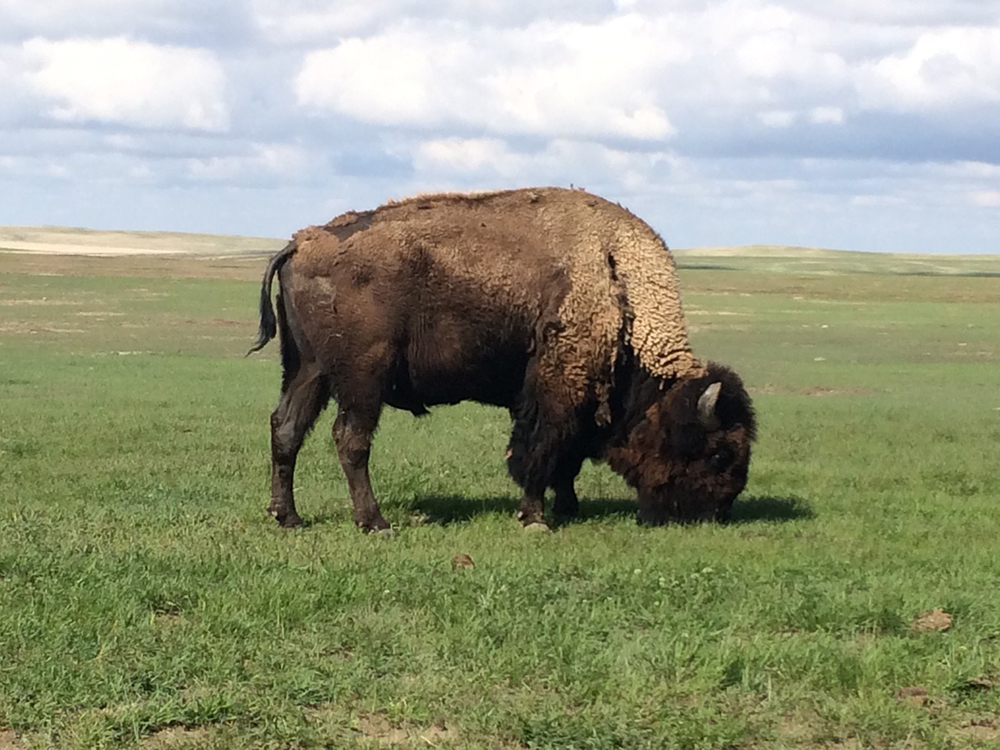Last month, I traveled to South Dakota with to meet up with the World Wildlife Fund’s (WWF) Northern Great Plains Advisory Committee, of which I’m a member, and whose projects we help fund. These meetings always remind one of the fragility of these magnificent grasslands.
The Northern Great Plains is an area of more than 180 million acres in the US states of Wyoming, Montana, North Dakota, South Dakota, and Nebraska, as well as the two Canadian provinces of Alberta and Saskatchewan. The Northern Great Plains are under constant threat of conversion to croplands. In 2017 more than half a million acres of grasslands were lost to cropland. The grasslands are important because they are natural habitats to many species, birds, bison, the black-footed ferret, the swift fox, and many others. Grasslands protect water quality and limit flooding for downstream communities and it is vital that we protect them!
One aspect of WWF’s Northern Great Plains Project is their sustainable ranching initiative. When properly managed, cattle and bison can have conservation benefits, as grazing maintains the health of grasslands, improves the quality of the soil and keeps the land as a possible wildlife habitat, instead of turning it into cropland. WWF has been working with ranchers throughout the Northern Great Plains region to develop more holistic practices in ranching. We had a wonderful dinner out in the plains with some of the ranchers.
Along with Silverback Productions, WWF created a new Netflix documentary series called Our Planet, now streaming on their platform. In episode 5 “From Deserts to Grasslands” you can see the Northern Great Plains in all of its glory, and peril.
“It’s never been more urgent and important to recognize the fragility of our world. We’re losing nature at an unprecedented rate. Sixty percent of vertebrate species have disappeared in the last 50 years. The health of our forests, oceans and fresh water are all at risk. Nature isn’t something we can choose to care about. It’s vital to our very existence and our future. Our homes, our health, the food we eat, the air we breathe, the water we drink—our lives and all the things we care about—simply can’t exist in a world without nature. Today, we can see the impact of our actions on our planet. We also have the opportunity to change course and solve these problems. WWF exists to protect nature and to build a better future for wildlife and people. Our Planet helps bring WWF’s urgent mission to people around the world. We can begin a better future for our planet. But we can’t do it alone.”
Monica Terkildsen, Tribal Community Liason, WWF-US, talking to our group about the Badlands.


